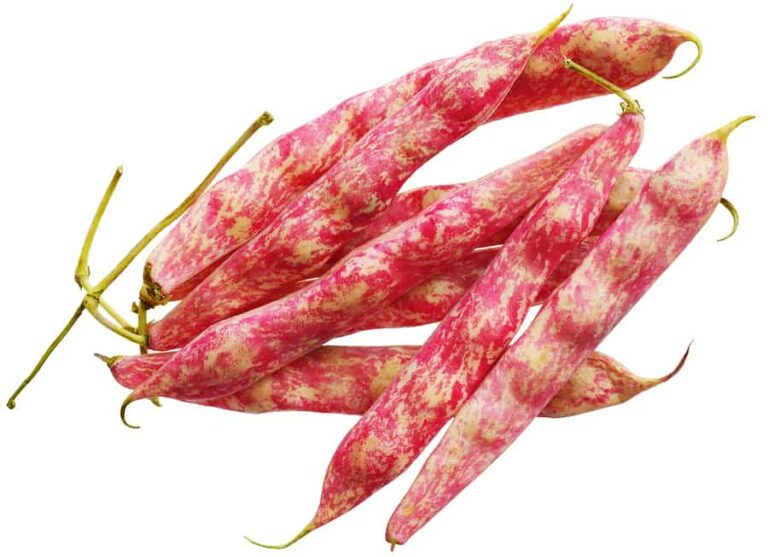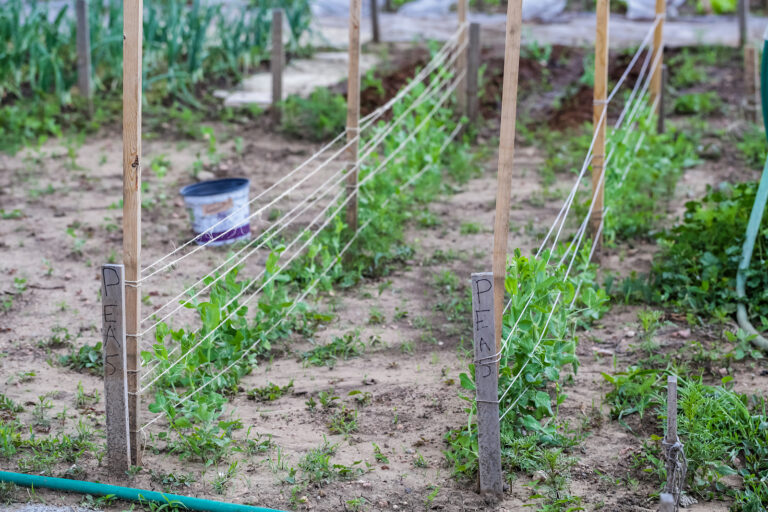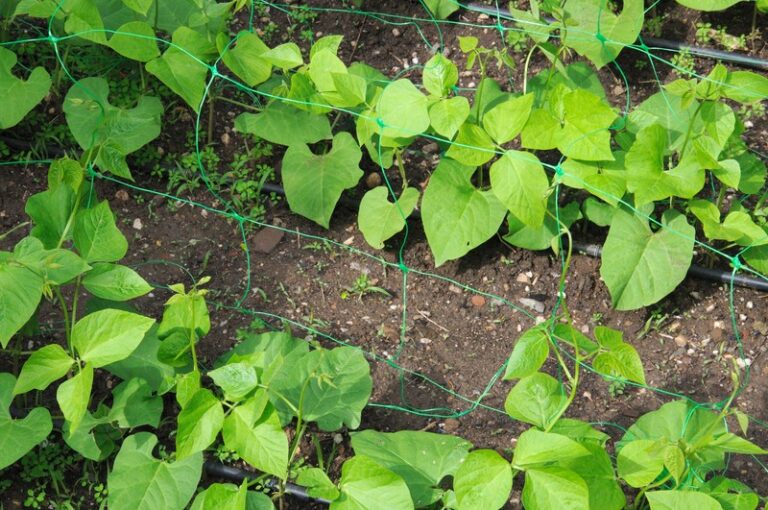How to Water and Fertilize Southern Peas for Healthy Vines and Pods
Southern peas—also known as cowpeas or black-eyed peas—are among the most heat-tolerant, drought-resilient legumes you can grow. But even though they’re tough plants, proper watering and light fertilizing make a dramatic difference in vine vigor, pod set, and total yield. After growing southern peas for decades in hot, dry climates, I’ve learned that “just enough” water and “very little” fertilizer is the winning formula.
Below is a practical guide built on my hands-on experience and trusted principles to help you grow strong, productive southern pea vines.
Understanding What Southern Peas Need
Southern peas are native to arid, tropical regions. Their natural habitat shapes their needs:
- They prefer consistent but moderate watering.
- They dislike waterlogged soil.
- They grow best with minimal fertilizer, especially low nitrogen.
- They thrive in full sun and heat.
My highest yields always come in hot summers with light, steady moisture—not heavy, frequent watering.
How to Water Southern Peas for Strong Growth
1. Water Deeply but Infrequently
Southern peas develop deep taproots that reach for moisture. Shallow, frequent watering keeps roots at the surface.
My approach:
- Early growth: Water deeply every 2–3 days.
- Flowering and pod set: Water 2–3 times per week, depending on heat.
- Mature vines: Water when the top 1–2 inches of soil are dry.
In extreme heat (95–105°F), especially in my Central Valley summers, I water one additional time per week to prevent flower drop.
2. Avoid Overwatering
Too much water is the most common mistake I see with cowpeas. Symptoms include:
- Yellowing lower leaves
- Weak, lanky vines
- Delayed flowering
- Fewer pods
Southern peas prefer soil on the dry side. If in doubt, wait a day before watering.
3. Mulch to Hold Moisture
A 1–2 inch layer of straw or shredded leaves:
- Reduces watering frequency
- Keeps soil temperatures even
- Prevents crusting in dry soil
I mulch all my summer legumes—cowpeas respond especially well to it.
How to Fertilize Southern Peas the Right Way
The Key Rule: Low Nitrogen
Southern peas are nitrogen-fixing legumes. Too much nitrogen creates lush vines but poor pod production.
Over the years, I’ve tested fertilizers on cowpeas. The results are consistent:
High nitrogen = beautiful vines + almost no peas.
Low nitrogen = steady growth + heavy pod set.
Best Fertilizing Strategy
At Planting Time
Mix a small amount of balanced organic fertilizer into the soil:
- 4-4-4, 5-5-5, or similar
- Rate: ½ the label recommendation
Alternatively, apply a handful of compost—no more.
Midseason Feeding (Optional)
If plants appear pale or growth slows:
- Add a very light top-dress of compost
- Or use a low-N organic fertilizer (something like 3-4-4)
Most years, I skip midseason fertilizer entirely because cowpeas are highly self-sufficient once flowering begins.
What NOT to Use
Avoid:
- Manure-based composts
- Fast-acting nitrogen fertilizers
- Synthetic lawn fertilizers
- High-nitrogen vegetable fertilizers
These products always lead to excess vines and poor yields.
Watering and Feeding by Growth Stage
1. Seedling Stage
- Keep soil evenly moist, not saturated.
- No fertilizer needed.
2. Vegetative Growth
- Deep watering every 2–3 days.
- One light fertilizer application at most.
3. Flowering Stage
- Increase watering slightly.
- Do not fertilize—this reduces flowers.
4. Pod Development
- Maintain steady, deep moisture.
- Allow slight drying between waterings to avoid splitting pods.
5. Late Season
- Reduce watering for dry cowpea harvest.
- Keep watering steady for fresh shelling peas.
Troubleshooting Common Problems
Leaves Turning Yellow
Likely causes:
- Overwatering
- Poor drainage
- Excess nitrogen
Few Flowers or Pods
Often caused by:
- Too much fertilizer
- Partial shade
- Extreme heat (flowers resume once temperatures drop)
Dry Pods Too Early
Usually underwatering—water more deeply during flowering and pod fill.
My Takeaway
For consistent harvests in both the Central Valley and Sonoma Valley, I follow the same simple routine:
Light feeding, deep watering, and minimal fuss. Southern peas are built for heat and lean soils. Give them just enough moisture, avoid pushing growth with fertilizer, and they will reward you with dependable vines and abundant pods.
Southern Peas Learning Hub
Start Here:
- How to Plant, Grow, and Harvest Southern Peas: A Complete Guide – Overview and complete guide.
- Southern Peas: Essential Planting-to-Harvest Growing Tips – Tips you can use today.
Planning & Preparation
- About Southern Peas: History, Types, and How They Differ from Other Beans – Background, uses, and distinction from other legumes.
- The Best Location for Southern Peas: Soil, Sun, and Garden Bed Prep – Soil, sunlight, and bed preparation.
- When to Plant Southern Peas: Timing for Spring, Summer, and Successive Crops – Sowing schedules for peak yield.
- The Best Southern Pea Varieties: Black-Eyed, Crowder, and Purple Hull Peas – Variety selection based on climate, space, and flavor.
Planting & Early Growth
- How to Plant and Space Southern Peas for Maximum Yield – Planting depth, spacing, and row management.
- How to Grow Southern Peas in Containers: Tips for Small-Space Gardens – Container growing guidance for limited spaces.
Care & Maintenance
- How to Water and Fertilize Southern Peas for Healthy Vines and Pods – Optimal irrigation and feeding practices.
- Seasonal Care Guide for Southern Peas: Weeding, Training, and Midseason Maintenance – Midseason tasks and vine management.
- The Best Companion Plants for Southern Peas (and What to Avoid) – Planting companions for productivity and pest reduction.
Pests & Disease Management
- Southern Peas Pests and Diseases: Identification, Prevention, and Organic Controls – Recognizing problems and implementing organic solutions.
Harvesting & Preservation
- How to Harvest Southern Peas at Every Stage: Shelling, Snaps, and Dry Peas – Picking at different maturity stages.
- How to Store and Preserve Southern Peas: Freezing, Drying, and Long-Term Keeping – Preservation methods for year-round use.



